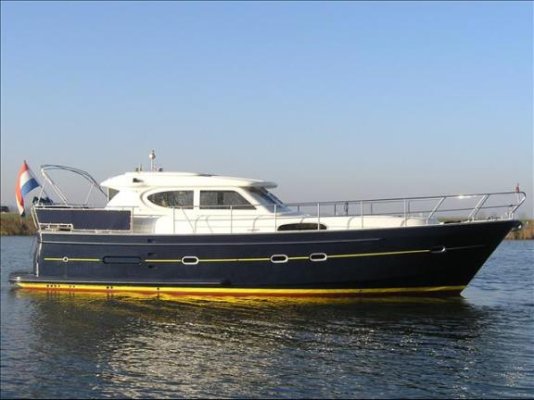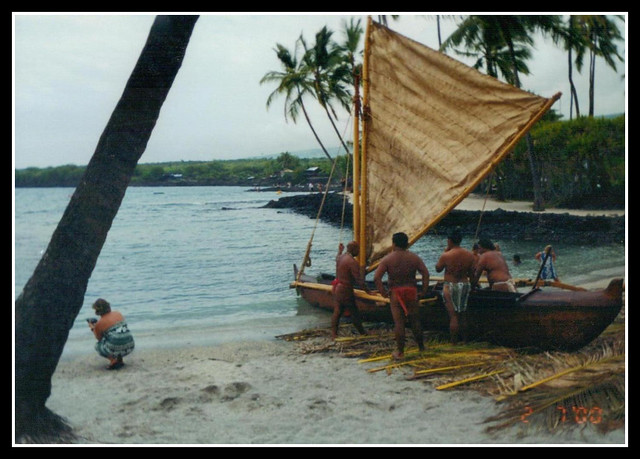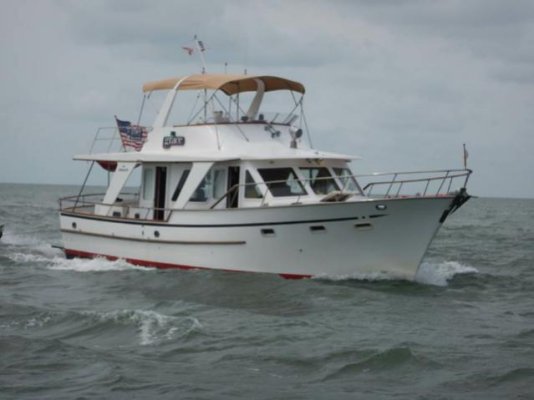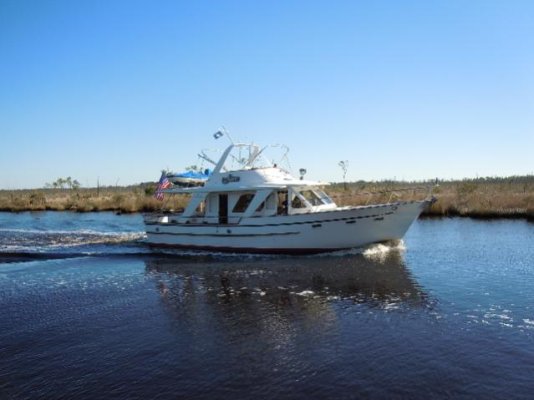hollywood8118
Guru
- Joined
- Nov 16, 2009
- Messages
- 2,379
- Location
- USA
- Vessel Name
- " OTTER "
- Vessel Make
- Ocean Alexander Europa 40
So how does the Diesel Duck stack up as a passagemaker? How would they be compared to the same size Nordhavn? Seems like they have a fair amount of blue water under their belt.
As I have stated before I am not a big fan of most Ducks.. the lounging attributes lack on most of them... but they seem to be well liked by folks I have personally met regarding the way they are underway. Most of them are laid out too much like a sailboat and a bit cave like.. one of the reasons we switched from sail to power.
The two local ones I am familiar with are really great boats..
HOLLYWOOD




